The Disaster Recovery (DR) software market has undergone a significant transformation in recent years, driven by the growing reliance on cloud computing, the rise of remote work, and the increasing sophistication of cyber threats. As organizations strive to safeguard their critical data and ensure business continuity, the demand for robust and adaptable DR solutions has never been higher. DRsoftware has become crucial for modern enterprises to mitigate risks associated with data loss, cyber threats, and operational disruptions. According to MarketsandMarkets, the global Disaster Recovery as-a-Service (DRaaS) market was projected to grow from $10.7 billion in 2023 to $26.5 billion by 2028, at a CAGR of 19.8%. This growth is driven by the increasing adoption of cloud services, the rising instances of cyber-attacks, and stringent regulatory compliances.
According to the Veeam 2024 Data Protection Trends Report, 88% of IT professionals surveyed were leveraging Backup as-a-Service (BaaS) or Disaster Recovery as-a-Service (DRaaS) for at least a portion of their production servers. This shift toward cloud-hosted DR capabilities has enabled organizations to reduce the reliance on traditional secondary data centers or hot sites, which were often resource-intensive and geographically limited. By 2026, it is estimated that only 28% of organizations will maintain secondary data centers with DR capabilities, a significant decrease from the 23% that relied on cloud-hosted infrastructure for their disaster recovery needs in 2020.
One of the critical trends in DR software is the integration of AI and ML to predict potential failures and automate recovery processes. AI-driven DR solutions can analyze vast amounts of data to identify patterns and predict outages before they occur, allowing for proactive measures to be taken. This predictive capability is crucial for reducing downtime and ensuring business continuity.
Key Metrics in DR Software
1. Downtime Costs
On an average, downtime costs enterprises $5,600 per minute, which translates to over $300,000 per hour, according to Gartner. This figure underscores the importance of investing in robust DR solutions that can minimize downtime.
2. Recovery Time Objective
RTO is a key metric in DR, representing the maximum acceptable amount of time to restore a system after a disaster. Advanced DR solutions now offer near-zero RTO, ensuring that systems are back online almost immediately after an outage.
3. Recovery Point Objective
RPO defines the maximum tolerable period in which data might be lost due to a disaster. Modern DR solutions are pushing the boundaries of RPO, with some offering continuous data protection (CDP) to achieve near-zero data loss.
4. Cloud Adoption
A survey by Flexera found that 94% of enterprises use cloud services, with 87% adopting a hybrid cloud strategy. This shift to cloud environments has necessitated the evolution of DR solutions to support complex, multi-cloud, and hybrid infrastructures.
Prioritizing DRaaS: A Strategic Imperative for Business Continuity
In the current business environment, where safeguarding data, ensuring security, maintaining reputation, and earning customer trust are top priorities, DRaaS plays a crucial role in enhancing resilience against potential disruptions. DRaaS is a cloud-based solution that enables organizations to recover vital data and systems swiftly in the event of natural or man-made disasters. By leveraging third-party infrastructure, DRaaS ensures minimal disruptions to operations by allowing backup, storage, and quick retrieval of critical information. Unlike traditional disaster recovery methods, which can be complex and costly, DRaaS streamlines the recovery process using cloud technology, minimizing downtime. So, it’s a valuable tool for organizations aiming to protect their digital assets and maintain continuity even during unforeseen emergencies. Automation and orchestration have revolutionized DR processes by reducing human intervention and errors.
Now without any further ado, let’s look at the top 11 Disaster Recovery (DR) Software in the market:
1. Redstor Backup and Archiving
Redstor offers a cloud-first backup and archiving solution with zero hardware requirements, providing comprehensive data protection and rapid recovery. With its proprietary InstantData™ technology, Redstor enables instant recovery of files and entire systems, allowing users to resume work almost immediately. The platform also features AI-powered malware detection to neutralize threats before they escalate, making it a robust choice for data security and management.
Key Features Highlighted by Reviewers
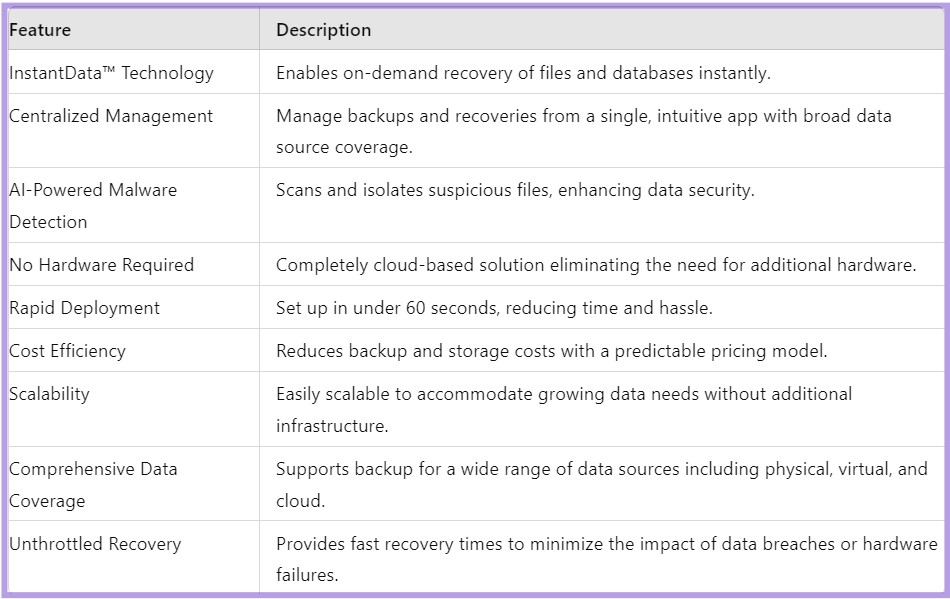
2. Rubrik
Rubrik is a cybersecurity company dedicated to securing the world’s data through its Zero Trust Data Security™ model. It offers comprehensive cyber resilience via Rubrik Security Cloud, a platform that integrates data security, data recovery, and data management across enterprise, cloud, and SaaS environments. Rubrik automates data policy management, enhances data threat analytics, and facilitates rapid recovery from cyber and operational disruptions.
Key Features Highlighted by Reviewers
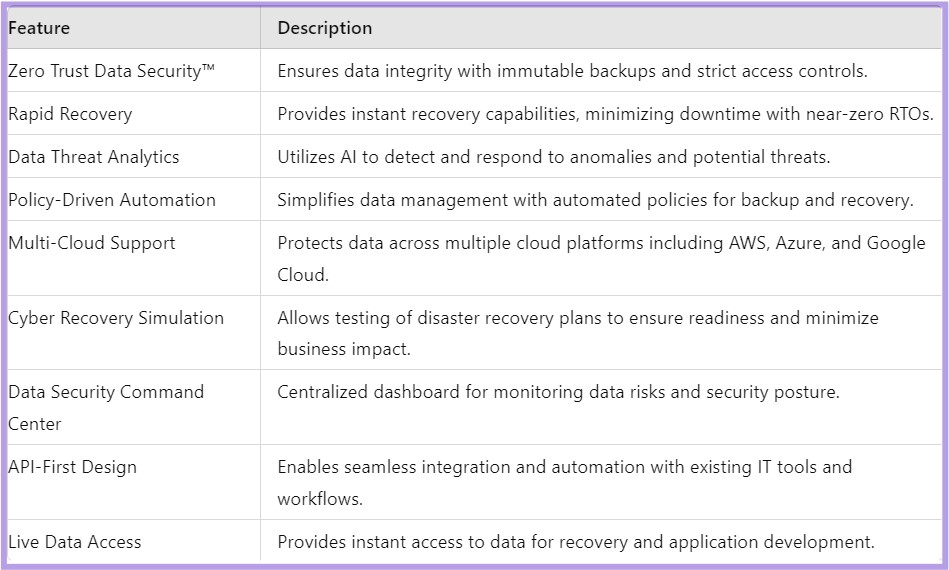
3. Acronis Cyber Protect
Acronis Cyber Protect combines robust cybersecurity with comprehensive data protection and disaster recovery in a single solution. It features AI-powered threat detection, rapid recovery capabilities, and centralized management, making it an ideal choice for businesses looking to secure their data and systems against a wide range of cyber threats.
Key Features Highlighted by Reviewers
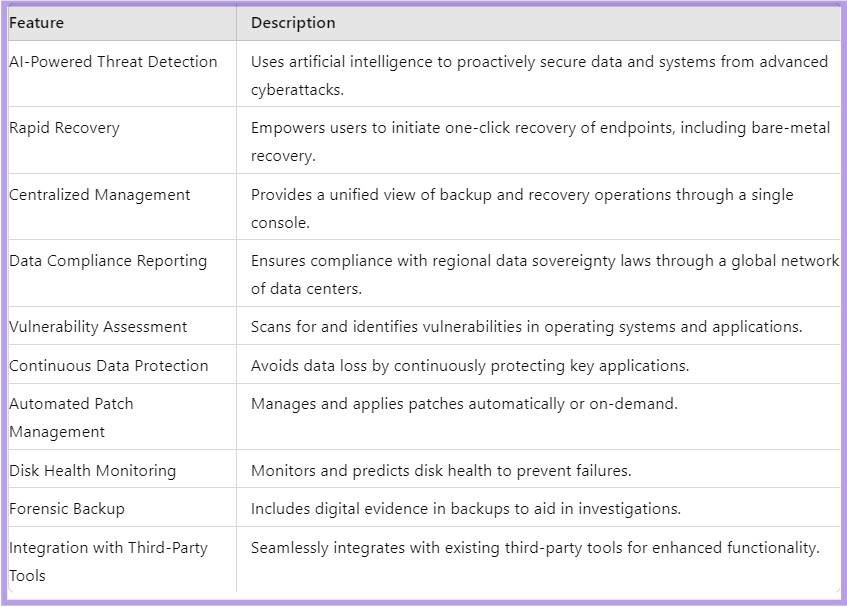
4. Cove Data Protection
Cove Data Protection, developed by N-able, offers a comprehensive cloud-first backup and disaster recovery service. It supports servers, workstations, and Microsoft 365 data, managed via a multitenant dashboard. This solution significantly reduces administrative overhead and costs by eliminating the need for proprietary appliances and providing efficient, incremental backups that are 60 times smaller than traditional backups.
Key Features Highlighted by Reviewers
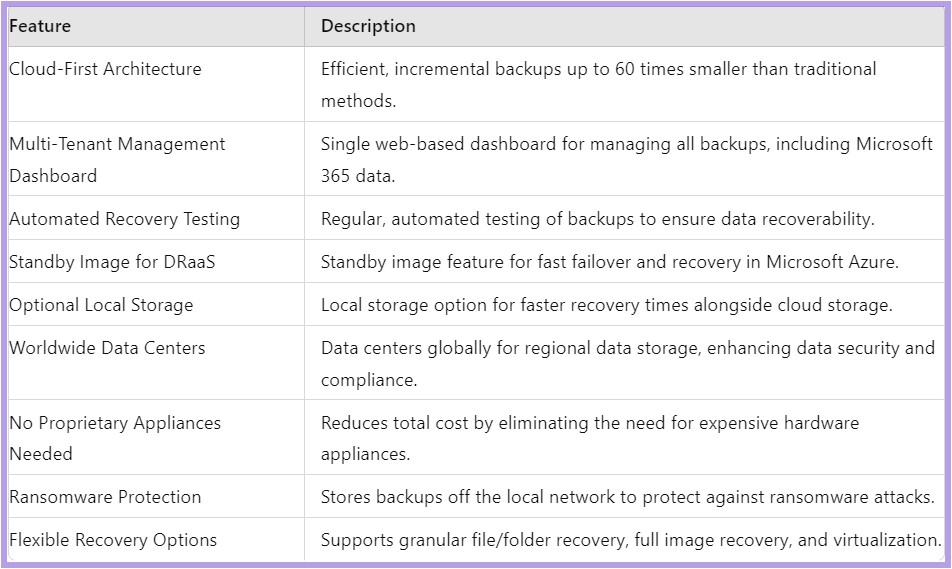
5. Veeam Data Platform
Veeam Data Platform is designed to provide comprehensive data protection, ensuring resilience against cyberattacks with its principles of Data Security, Data Recovery, and Data Freedom. It offers multi-layered security, instant recovery of files and applications, and flexible data protection across cloud, on-premises, and hybrid environments. With features like AI-powered threat detection and ransomware protection, Veeam ensures your data is secure and recoverable from any disaster.
Key Features Highlighted by Reviewers
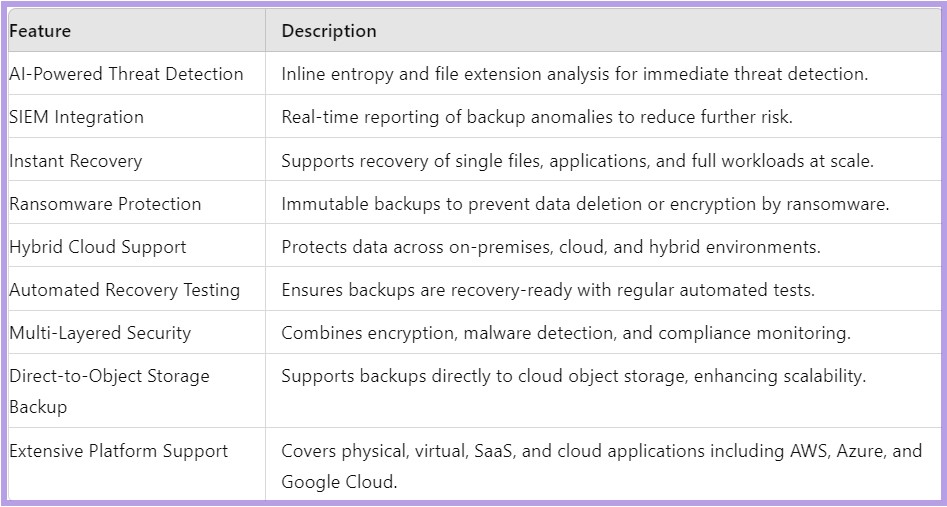
6. IDrive Online Backup and Object Storage e2
IDrive Online Backup and Object Storage e2 is a comprehensive solution that allows you to back up and sync data from multiple devices into one cloud account. It supports a wide range of plans, from personal to enterprise, and offers S3-compatible object storage, ensuring flexible, scalable, and affordable data management. With features like no ingress/egress fees, 14 global edge locations, and high durability, IDrive e2 is designed to meet diverse data storage and backup needs.
Key Features Highlighted by Reviewers
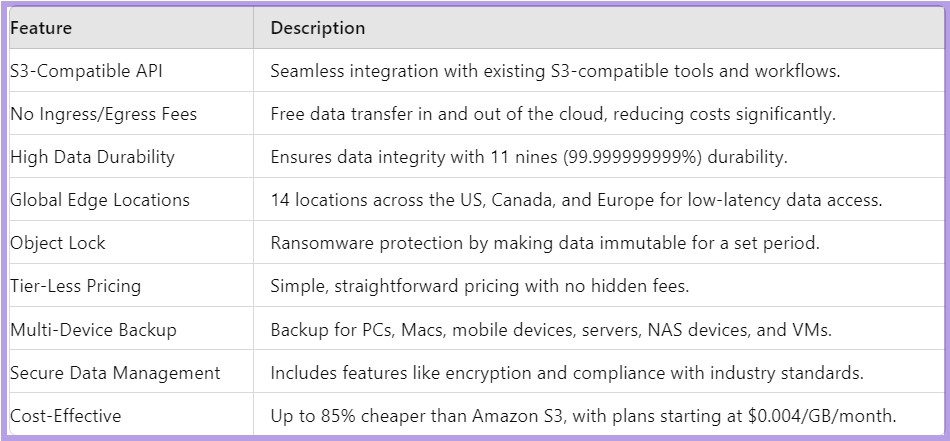
7. Unitrends Backup and Recovery
Unitrends offers a comprehensive and unified Backup and Disaster Recovery (BDR) solution that addresses the challenges of modern data protection. It secures and recovers all workloads across physical, virtual, and cloud environments. With integrations for security tools and advanced features such as AI-driven automation, Unitrends simplifies data management and provides complete visibility across the backup infrastructure.
Key Features Highlighted by Reviewers
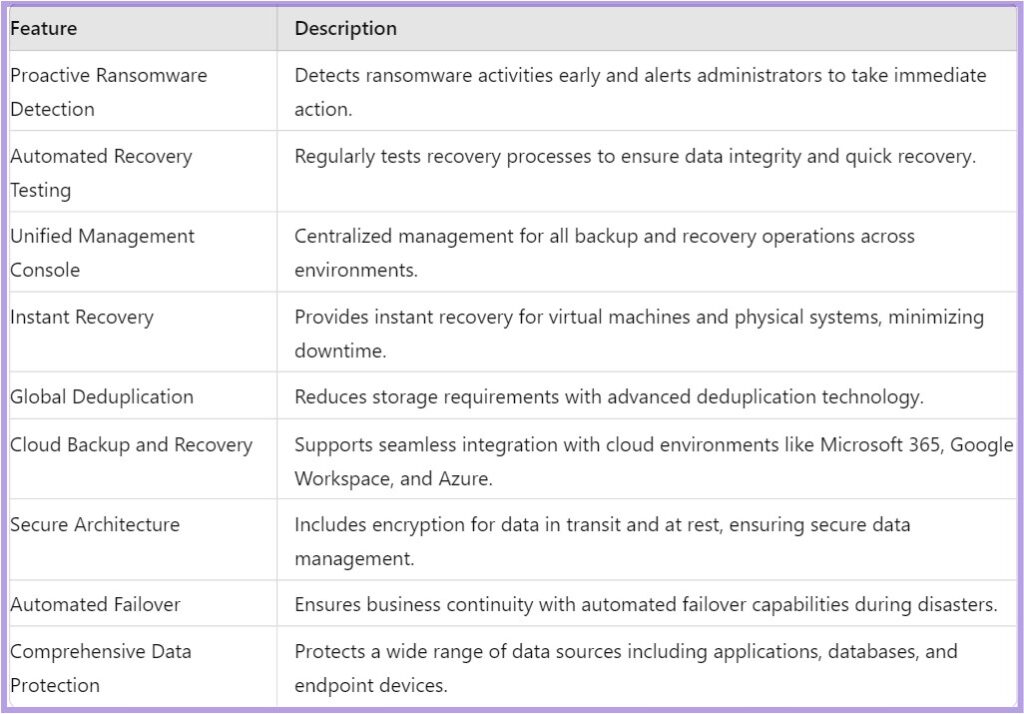
8. Cohesity
Cohesity is a leader in AI-powered data security and management, simplifying the process of securing, managing, and deriving value from data across data centers, edge, and cloud environments. It offers comprehensive data security with features like immutable backups, AI-based threat detection, and rapid recovery, making it a trusted solution for many of the world’s largest enterprises. Cohesity’s solutions can be delivered as a service, self-managed, or through a Cohesity-powered partner, providing flexibility and robust data protection.
Key Features Highlighted by Reviewers
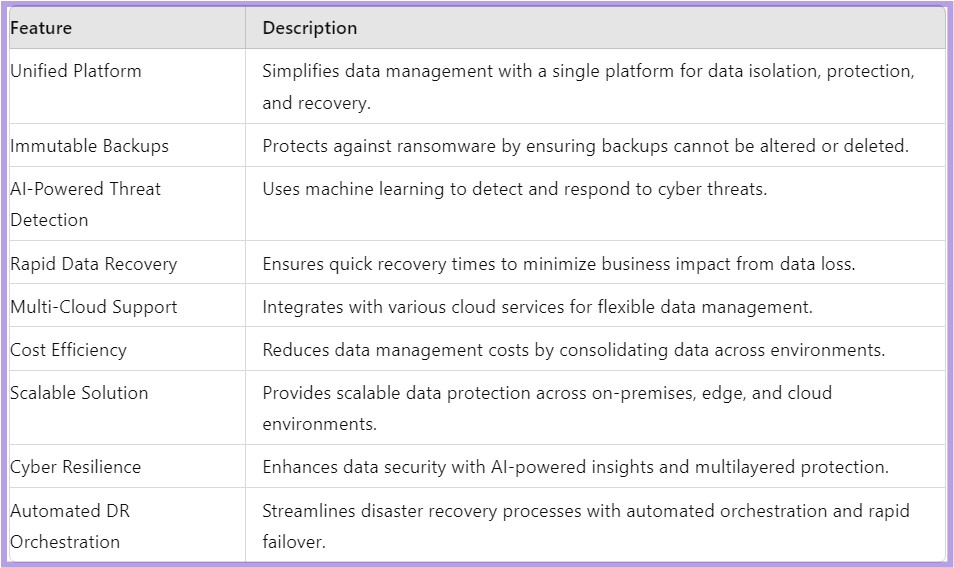
9. MSP360 Managed Backup
MSP360 Managed Backup is a versatile and easy-to-use backup solution designed for MSPs and IT teams, providing centralized management, monitoring, and reporting. The platform integrates seamlessly with major cloud services like AWS, Wasabi, Backblaze B2, and Microsoft Azure, ensuring robust data protection for a variety of environments including Windows, Linux, macOS, VMware, Hyper-V, Microsoft 365, and Google Workspace.
Key Features Highlighted by Reviewers

10. Carbonite Server
Carbonite Server provides a reliable, all-in-one solution for backup and recovery of virtual, physical, and legacy systems, ensuring data security and minimal downtime. It offers flexible deployment options including direct-to-cloud, onsite, and hybrid configurations, supported by 24/7 expert customer service. Key features include rapid recovery, granular restore options, and broad platform support, making it ideal for comprehensive data protection and business continuity.
Key Features Highlighted by Reviewers
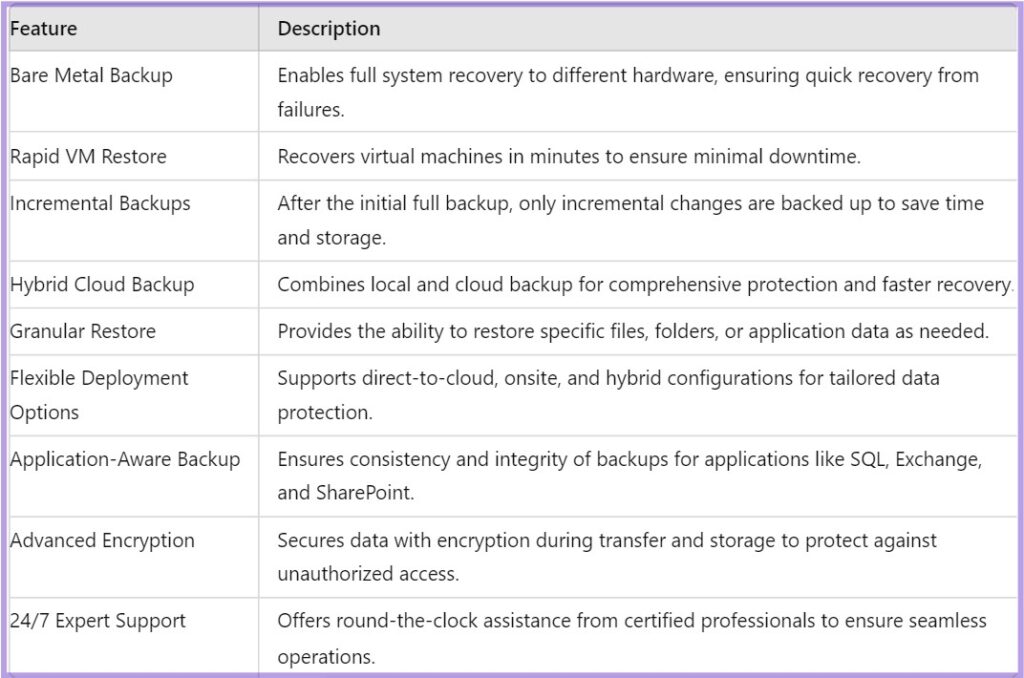
11. CrashPlan
CrashPlan offers a robust endpoint data backup solution that ensures data security and quick recovery from disasters, hardware failures, or ransomware attacks. It provides unlimited storage, continuous backup every 15 minutes, and enterprise-grade security, making it suitable for individuals, small businesses, and enterprises alike. The platform supports self-service file restoration through a web interface, along with admin-driven restores, and offers extensive administrative controls and compliance features.
Key Features Highlighted by Reviewers

Future-Proofing with DRaaS: Trends to Watch
The future of Disaster Recovery as a Service (DRaaS) is being shaped by several emerging trends that promise to enhance resilience and efficiency in data protection and recovery.
1. Edge Computing
As edge computing becomes more prevalent, DR solutions are evolving to support decentralized data processing and storage. This shift requires DR software to provide seamless protection and recovery across both central and edge locations. With the rise of IoT devices and real-time data processing needs, edge computing is expected to generate more data outside traditional data centers, making edge-focused DR solutions critical. Gartner predicts that by 2025, 75% of enterprise-generated data will be created and processed outside a traditional centralized data center or cloud.
2. Blockchain for Data Integrity
Blockchain technology is being explored to enhance data integrity and security in DR processes. By leveraging blockchain, organizations can ensure that their backup data is tamper-proof and verifiable. Blockchain’s immutable ledger capabilities can help in maintaining an accurate and secure record of all transactions and changes, ensuring that the backup data remains unaltered. This is particularly crucial in industries with stringent compliance requirements, such as finance and healthcare.
3. AI and Predictive Analytics
The integration of AI and predictive analytics in DR solutions is set to increase. These technologies will enable more accurate predictions of potential failures and automated responses, further reducing downtime and data loss. AI can analyze patterns and detect anomalies in real-time, providing early warnings and initiating automated recovery processes. As we embrace these advancements, the future of DRaaSwill become increasingly data-driven, resilient, and efficient.
4. Regulatory Compliance
With increasing regulatory requirements, DR solutions are incorporating advanced compliance features to help organizations meet their legal obligations. This includes automated compliance reporting, data sovereignty controls, and audit trails to ensure adherence to regulations like GDPR, HIPAA, and CCPA. As data protection regulations continue to evolve, DR solutions must adapt to provide the necessary tools and reporting capabilities to help organizations stay compliant.
In conclusion, the evolution of Disaster Recovery software is characterized by the integration of advanced technologies such as AI, ML, and blockchain, which are enhancing the capabilities of DR solutions to provide near-zero RTO and RPO, automated orchestration, and robust data integrity. As enterprises continue to adopt cloud and edge computing, the demand for sophisticated DR solutions that can handle complex, hybrid environments will only increase.
By staying abreast of these trends and leveraging the latest advancements in DR software, organizations can ensure that they are well-prepared to handle any disruptions and maintain business continuity. The future of DRaaS is bright, with continuous innovations making disaster recovery faster, more reliable, and more secure, ultimately providing organizations with the resilience they need to thrive in an increasingly digital world.




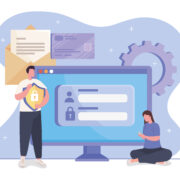
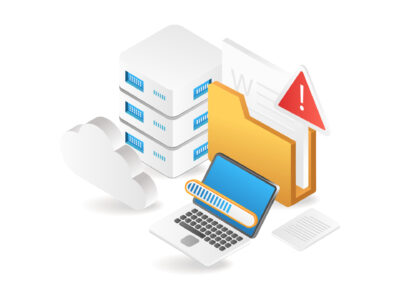
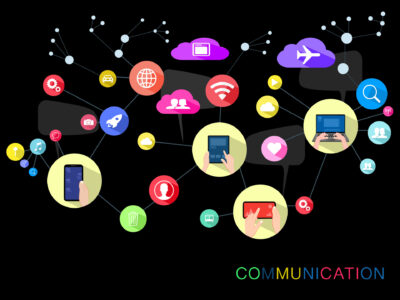

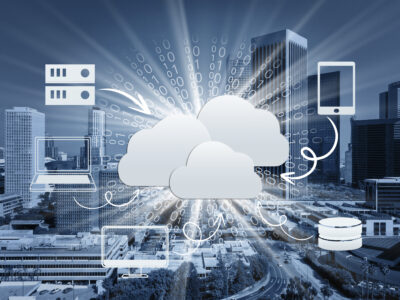
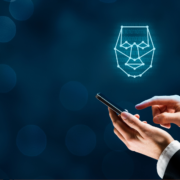









The integration of AI and ML in DR software is fascinating. It’s amazing how it can predict failures before they happen.
Rubrik’s Zero Trust Data Security model sounds perfect for our cybersecurity needs. Article is simple and cuts through the noise with those bullet points.